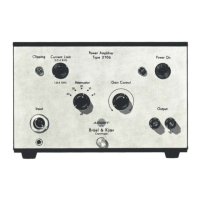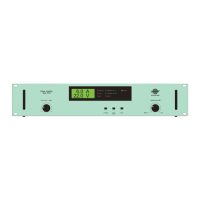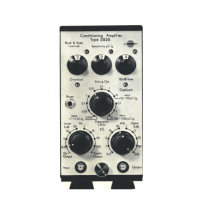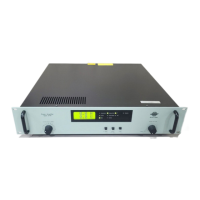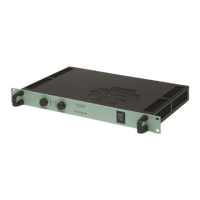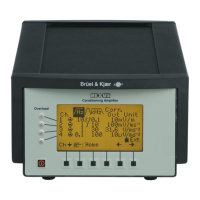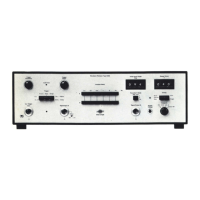Measuring Ampifier Type 2525
User Manual Vol.1
4–3
BE1406–12
Chapter 4 –The Menus
Main Set-up
4.2.3 Lin./dB Read-out
This menu allows you to choose whether the read-out value is to be in absolute or
relative units (dB):
LIN.* A linear scale most clearly reflects the measurement scale in
terms of the physical quantities which describe it. Use a linear
amplitude scale for measurements for which a high resolution is
required.
dB Use a dB amplitude scale for measurements with wide dynamic
ranges.
The dB is defined as 20 times the log of the ratio of one amplitude to a specified
reference amplitude. These reference amplitudes are defined as follows:
For a sine wave of angular frequency ω = 1000 radians per second (at approx.
159Hz) these vibration amplitudes are numerically equivalent. The reference am-
plitudes must be referred to when vibration levels are stated in dBs (that is, “the
vibration level was measured as 160dB referred to 10
–6
ms
–2
”). However, when vi-
bration amplitudes are compared, the difference in decibel can be used, provided
that the dB values for each refers to the same reference. For example, it is correct
to say that one level is 20dB above another, without any further reference.
4.2.4 Sine Reference
This menu allows you to select a 100pC (100mV for DeltaTron
) 159Hz sine refer-
ence as the input signal:
ON
OFF
*
The reference generator generates a 159Hz (ω = 1000rad/s) sinusoidal signal. This
may be used to check the function of the amplifier or as a reference for determining
levels of measured signals recorded on tape (because the dB reference amplitudes
for this signal are numerically equivalent, see section 4.2.3). The sine reference is
applied to the input stage of the amplifier when ON is selected, and is factory-
Metric Imperial
Acceleration 10
–6
ms
–2
10×10
–6
ms
–2
Velocity 10
–9
ms
–1
10×10
–9
ms
–1
Displacement 10
–12
m10×10
–12
m
Force 10
–6
N1×10
–6
lbf
(=4.448 ×10
–6
N)
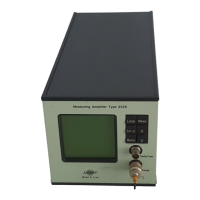
